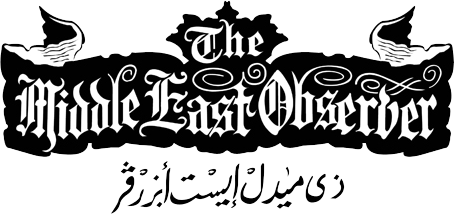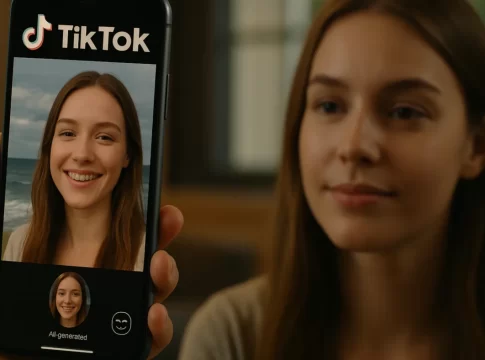TikTok has officially rolled out its latest AI-powered feature—AI Alive, a filter that transforms still images into dynamic short videos using generative prompts. The tool, developed by parent company ByteDance, is being hailed as a breakthrough in consumer-level creativity, allowing users to create cinematic clips from photos with just a few words.
From sunlit landscapes to family portraits, AI Alive breathes life into memories by simulating movement, expression, and ambient motion—blurring the line between past and present.
“Imagine watching your favorite photo unfold in time: waves move, skies shift, smiles flicker. That’s the creative jump this tool offers,” said Amin Rami, a Cairo-based digital artist and content strategist.
The filter is integrated into TikTok’s Story Camera, where users can select a static image and tap the new “AI Alive” icon. A prompt box appears, allowing users to describe the desired animation—such as “a windy desert scene” or “a slow-motion laugh under neon lights.”
The resulting video is then rendered and tagged as AI-generated, thanks to C2PA metadata embedding, a technical watermark that ensures transparency and aligns with emerging AI media standards.
TikTok has emphasized safety, stating that multi-layered content checks are in place to prevent the misuse of realistic AI content—especially amid growing concerns about deepfakes and disinformation.
With content economy surging, creators across the world are likely to embrace AI Alive as both a storytelling tool and a branding asset.
“Arabic-language creators are always early adopters of visual tech,” said Dr. Hala El-Demerdash, a media studies professor at the American University in Cairo. “AI Alive will especially empower micro-influencers and SMEs to produce emotional content without needing editing expertise.”
Already, several Egyptian and Gulf-based lifestyle influencers have started showcasing AI Alive reels—ranging from animated travel shots in Aswan to enhanced wedding montages in Sharjah.
But not everyone is cheering. Regional policymakers are still struggling to catch up to generative AI regulations, especially around identity manipulation and unauthorized likeness recreation.
A source close to ByteDance MENA stated that the company is actively working on Arabic-language prompt optimization for AI Alive, aiming to make the feature more accessible to non-English-speaking creators.
“We expect a major update by Q3 2025 that will allow native Arabic commands to trigger more culturally relevant animations,” the source said. This localization effort could make TikTok one of the first platforms to offer fully promptable generative video tools in Arabic—a major leap in AI linguistic inclusion.
AI Alive’s debut comes amid global conversations about synthetic reality and the ethics of memory augmentation. While the tool is marketed for entertainment, experts are watching how platforms like TikTok influence digital nostalgia, photo authenticity, and even mourning rituals.
“It’s one thing to animate a sunset—it’s another to reanimate a loved one,” said Dr. Lina Saeed, a cultural sociologist based in Beirut. “These tools will force us to rethink what’s real, what’s remembered, and what’s performative.”
TikTok’s AI Alive is a clear example of how AI-driven creativity is moving from niche to mainstream. For Content creators, the tool represents a new canvas. For regulators, it poses urgent questions. And for audiences, it offers both joy and a sense of unease about the nature of digital truth.


